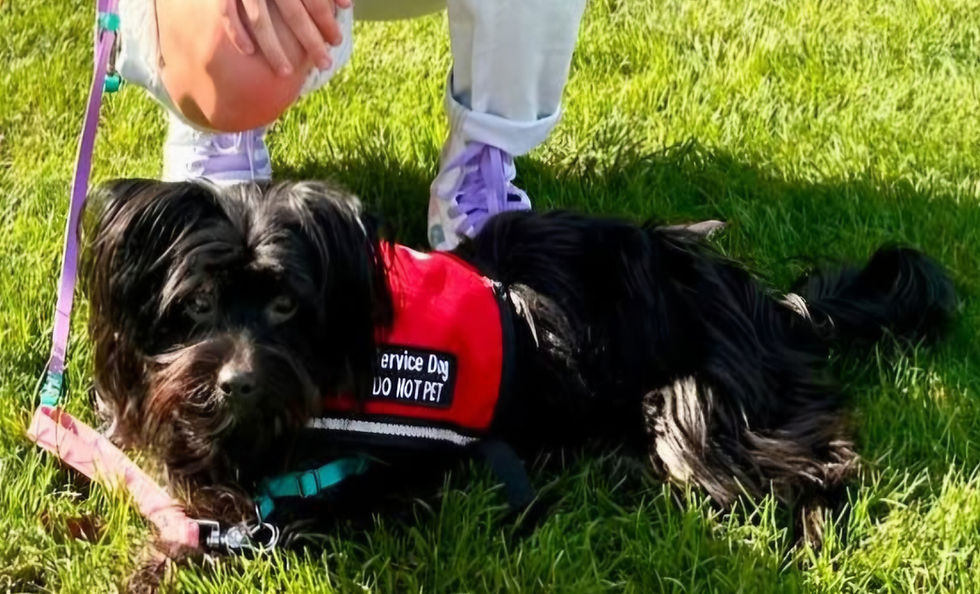when I developed Postural Orthostatic Tachycardia Syndrome (POTS)
- Elise Renee
- Oct 28
- 2 min read
There’s a unique kind of helplessness that you can’t fully grasp until you experience it firsthand. For me, that moment came when I developed Postural Orthostatic Tachycardia Syndrome (POTS).
In what felt like another lifetime, I was a multi-time state competitor in track and a national qualifier in triathlon, a sport I had only recently discovered and quickly fallen in love with. But in an instant, that part of my life felt like a distant dream.
By my junior year of college, I realized that the “panic attacks” I was experiencing were far from normal. As a collegiate runner, my body felt like it was shutting down long before its time. After years of searching for answers, I finally received a diagnosis: POTS. But while I had a name for what was happening, I had no real path forward. My doctor advised against medication, as it could cause severe heart rate fluctuations that were unsafe for an athlete.
At that point, I didn’t feel much like an athlete at all. I felt isolated, like I was the only runner in my entire conference battling something like this. The embarrassment was overwhelming. My trainers would even notify other schools’ trainers before races to be ready to catch me at the finish line, knowing I might collapse due to my body’s inability to regulate blood flow.
My goals, dreams, and ambitions disappeared. I had a diagnosis but no direction. no one to guide me or reassure me that I could still have a future in athletics.
Eventually, I realized I had two choices: let the condition progress until I could no longer stand without assistance, or risk everything to rebuild my strength and take control of my life again. Through relentless trial and error, I chose the latter. I learned how to train my body to adapt, to recover, and ultimately, to thrive.
Over time, I regained my strength, stronger than I had ever been before. I defied the odds and began to dream again.
But what I didn’t know at the time was that recovery was possible. I didn’t know that hope was an option. That realization is what drives my mission today: to be the person I once needed. The guide who can help others move from hopeless to hopeful.



Comments